FinTech Industry : A Global Superpower
By MYBRANDBOOK

Owing to large consumer base, future-looking government policies, continuous flow of investments and vibrant startups, this sector has seen humongous growth in last few years.
India’s financial services industry is a dynamic one and has seen a transformational change in the last few years on account of customers’ growing expectations around personalized and efficient services. Availability of high-speed broadband and smartphones make the customers expectation – of getting personalized banking services, anytime anywhere - justified. Digitization and adoption of financial technologies or FinTech are at the center of this phenomenal change. Today, India is amongst the fastest growing FinTech markets in the world and is seeing a significant amount of transformation in the last few years. On a global platform, India now ranks the highest in the FinTech adoption rate – 87% - with China as per an EY report.
What Is FinTech
FinTech is the technology or technologies that assist in offering financial services more efficiently. It could be around making the transactions seamless or smooth, keeping the financial transaction between two parties safe and secure, and also making the financial services available anywhere and anytime.
The Fintech industry in India is categorised into 4 major segments namely WealthTech, Payments, Lending and InsureTech.
The WealthTech Industry in India is witnessing the emergence of startups with innovative technologies and business models. Growing personal wealth, increased adoption of mobile & digital channels, reduced asymmetry of information between small & large financial institutions and investors, are some of the factors propelling the industry forward.
Digital payments have been the flag bearer of the Indian FinTech space. In 2010, India launched its first real-time payments systems ‘IMPS’ and introduced UPI in 2016. There are 375 Payment startups in the country. Mobile/digital wallets, gateways, POS/ mobile POS sub-segments account for over 50% of the payment startups in India.
In consumer credit, the urban population is likely to leverage FinTech lending services to avoid heavy documentation, and the rural population (which is new to credit) can benefit from alternative credit scoring mechanisms to stay away from loan sharks.
The scope of IoT in Indian Insurance goes beyond telematics and customer risk assessment. Currently, there are 110+ InsureTech start-ups operating in India.
Industry Scenario
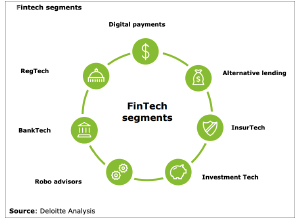 The FinTech market in India is expected to increase at a CAGR of 20.2% during 2017-21 to reach $92 billion. The overall transaction value in the Indian FinTech market is estimated to jump from approximately $65 billon in 2019 to $140 billion in 2023 at a CAGR of 20%. By last year, India has already overtaken China as Asia’s top FinTech funding target market with investments of around $286 mn across 29 deals, as compared to China’s $192.1 mn across 29 deals in Q1 2019. The market for technologies or software solutions in FinTech is pegged at $2.4 billion. The market for Blockchain, a key pillar of financial technologies, is estimated to grow at a CAGR of 37% till 2024, as per Government of India data.
The FinTech market in India is expected to increase at a CAGR of 20.2% during 2017-21 to reach $92 billion. The overall transaction value in the Indian FinTech market is estimated to jump from approximately $65 billon in 2019 to $140 billion in 2023 at a CAGR of 20%. By last year, India has already overtaken China as Asia’s top FinTech funding target market with investments of around $286 mn across 29 deals, as compared to China’s $192.1 mn across 29 deals in Q1 2019. The market for technologies or software solutions in FinTech is pegged at $2.4 billion. The market for Blockchain, a key pillar of financial technologies, is estimated to grow at a CAGR of 37% till 2024, as per Government of India data.
All these figures and market predictions speak volumes about the potential of the Indian FinTech industry.
Key growth drivers include:
• Widespread identity formalisation (Aadhar): 1.2 bn enrolments
• High level of banking penetration through the Jan Dhan Yojana:
1+ bn bank accounts
• High smartphone penetration: 1.2 bn mobile subscribers
• India Stack: Set of APIs for businesses and startups
• Growing disposable income
• Key government initiatives such as UPI and Digital India
• Wide middle-class expansion: By 2030, India will add 140 mn middle-income and 21 mn high-income households which will drive the demand and growth on the Indian FinTech space
Key segments within the FinTech space include Digital Payments, Digital Lending, BankTech, InsurTech and WealthTech.

Investments In the Sector
As per a KPMG report, global fintech investment fell short of 2018’s record year, with $137.5 billion invested in 2019 compared to $141 billion in 2018. Fintech investment in Asia remained relatively steady in 2019 with $12.9 billion invested. The largest deals in Asia during 2019 included the $1.2 billion acquisition of Property Exchange Australia by Commonwealth Bank of Australia in H1’19, and the $1.7 billion Series G raised by India’s Paytm in H2’19. India saw a record-breaking $3.8 billion of fintech funding in 2019, driven by a record Q4’19 ($2.3 billion) which included Paytm’s $1.7 billion raise. Australia also saw a record of $1.9 billion in fintech funding during 2019, while Singapore saw $576 million in investment.
As far as India is concerned, Fintech investments in the country nearly doubled to $3.8 billion in 2019 from $ 1.9 billion in 2018. Making India the world’s third largest fintech centre, behind the US and the UK. The number of deals was up slightly to 198 in 2019 from 193 in 2018, according to Accenture analysis of data from CB Insights, a global venture-finance data and analytics firm.
Investments into payments companies more than tripled to $2.1 billion in 2019 from about $660 million in 2018, while funding into insurtechs also rose strongly, up 74% to $510 million. The major chunk of investment went into payments start-ups (58%), followed by insurtechs with 13.7% of the investments and fintechs in lending accounted for 10.8% of the total.
Of the total investment of $3.8 billion in India in 2019, Paytm raised $1.7 billion from two separate transactions, while PhonePe tapped investors for about $210 million from two separate deals and Razorpay raised $75 million. Other large transactions included $282 million raised by PolicyBazaar from two deals and $120 million by CRED – a credit card payments startup.
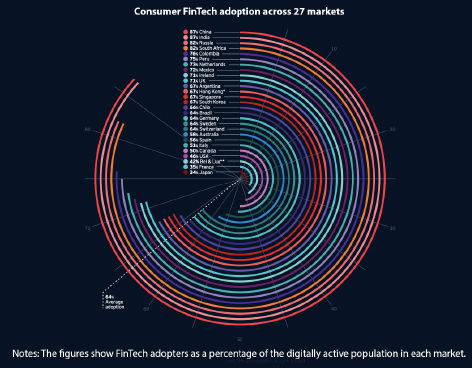 Outlook
Outlook
FinTech in India has seen tremendous success in last five years. While demonetization forced the adoption of digital payments, the ease and effectiveness of the digital banking solution helped it grow faster. Also, startups in this sector have seen huge success on account of fast customer adoption and customer experience. This has led to large amount and continuous investments in this sector. What helps this industry further is the close watch of the Reserve Bank of India and periodic and forward looking reforms by the government.
Though the Financial Technologies have seen huge success in terms of adoption by various service providers on various platforms, most of its success is seen in digital payments. There is a huge scope for growth in other forms including alternate lending, wealth tech and regtech or regulatory technologies.


Download masked Aadhaar to improve privacy
Download a masked Aadhaar from UIDAI to improve privacy. Select masking w...
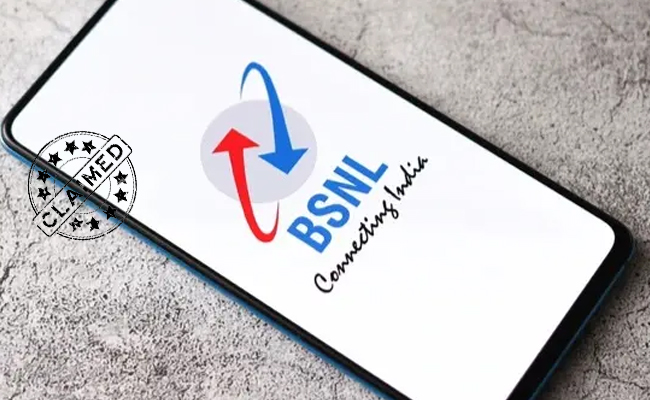
Sterlite Technologies' Rs 145 crore claim against BSNL rejecte
An arbitrator has rejected broadband technology company Sterlite Technolog...

ID-REDACT® ensures full compliance with the DPDP Act for Indi
Data Safeguard India Pvt Ltd, a wholly-owned subsidiary of Data Safeguard ...

Happiest Minds brings in an innovative GenAI chatbot
Happiest Minds Technologies has announced the new GenAI chatbot - ‘hAPPI...

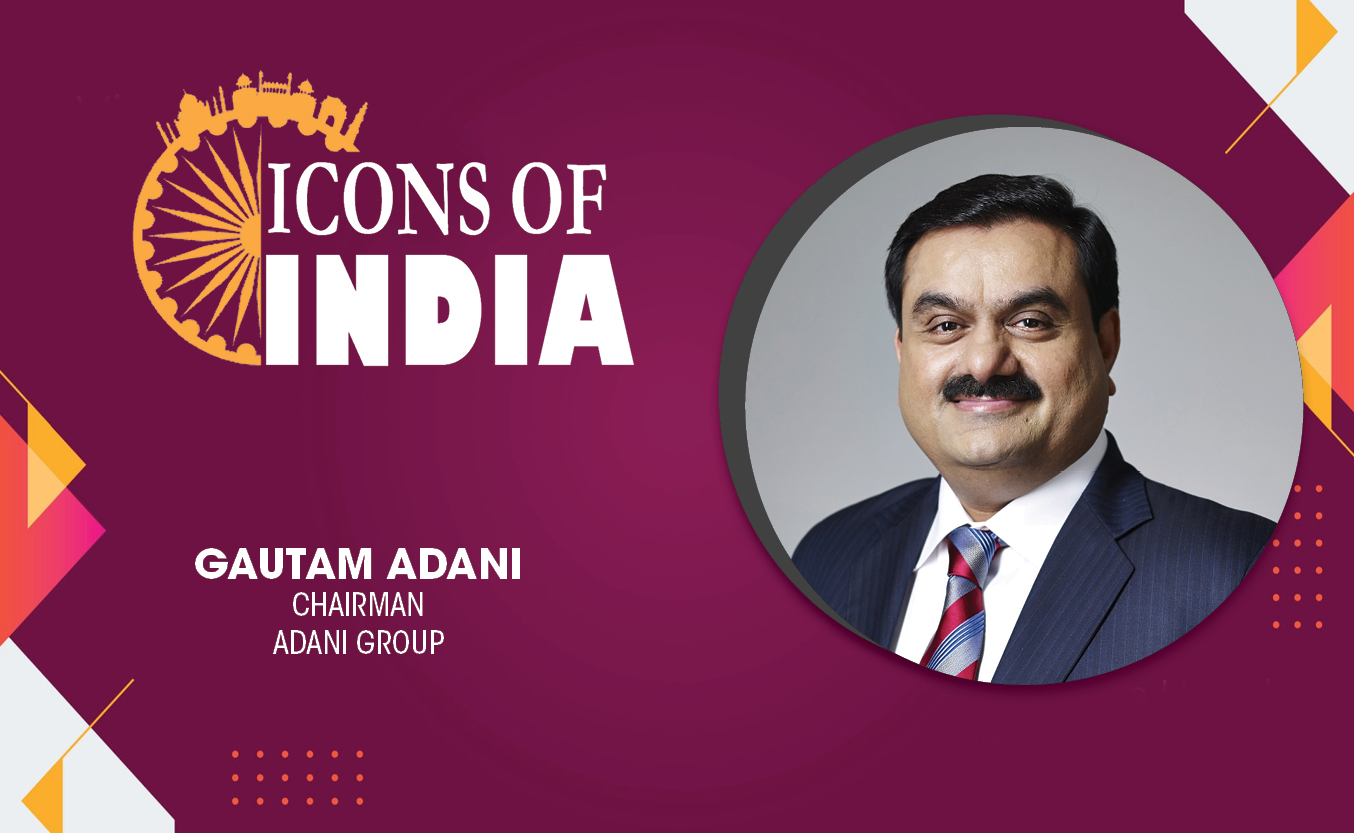
Technology Icons Of India 2023: Gautam Adani
Gautam Adani is the Founder and the Chairman of the Adani Group, an In...

Technology Icons Of India 2023: Ritesh Agarwal
Ritesh Agarwal Founder & CEO of OYO Hotels & Homes-World’s fastest g...
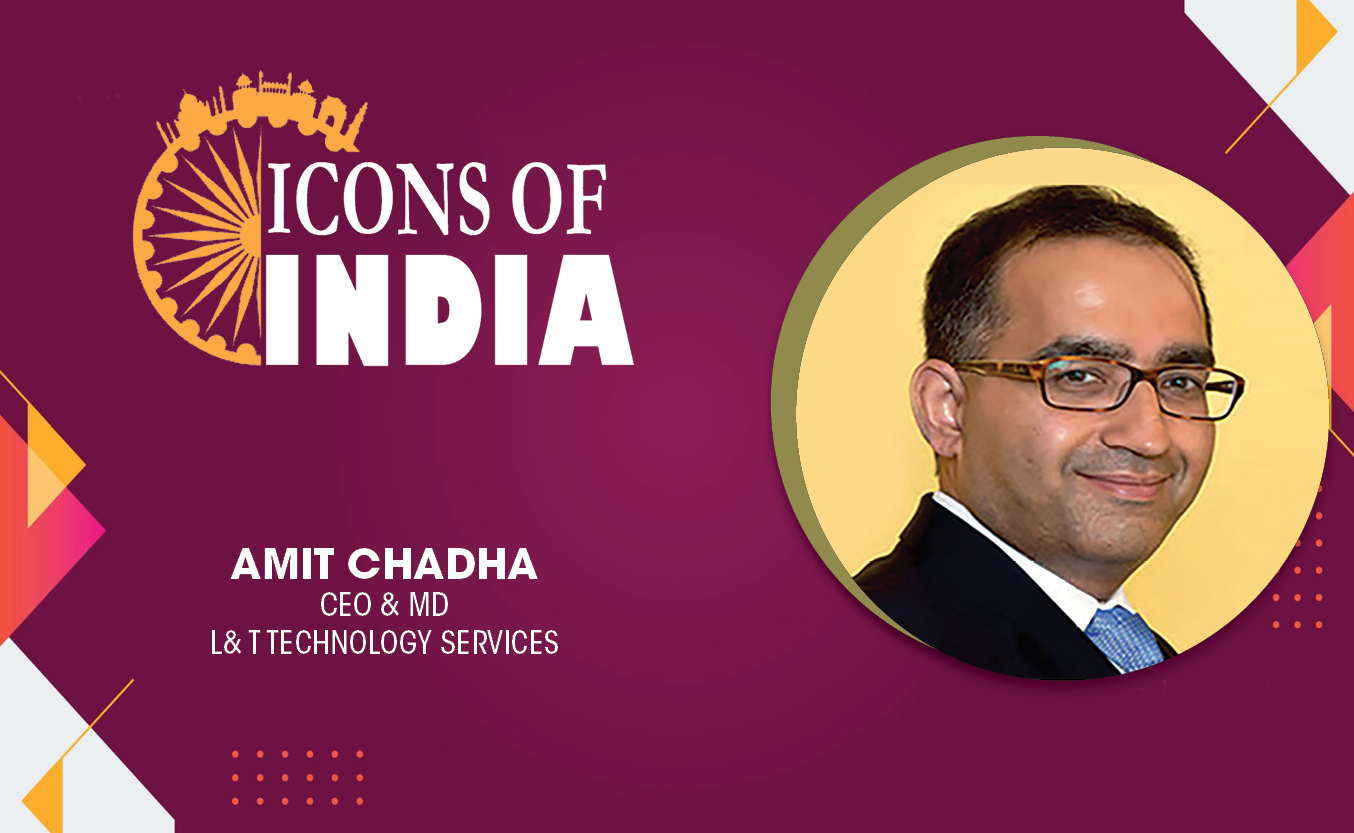
Technology Icons Of India 2023: Amit Chadha
. An influential leader in the engineering services industry for over ...

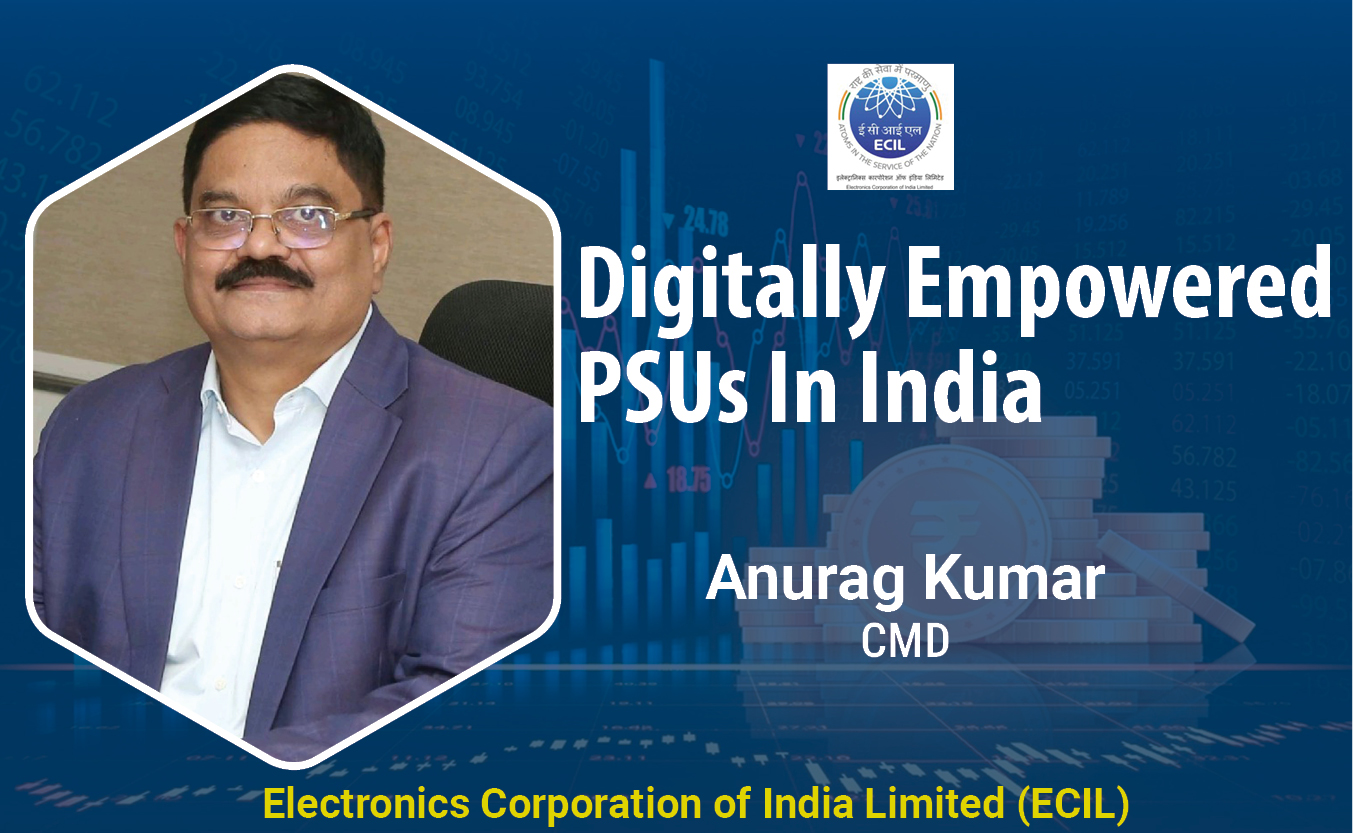
ECIL continues to keep India ahead in the growth of Information Technology and Electronics
ECIL played a very significant role in the training and growth of high...

HPCL is transforming the energy landscape, across the nation and beyond
HPCL is world-class energy company known for caring and delighting the...
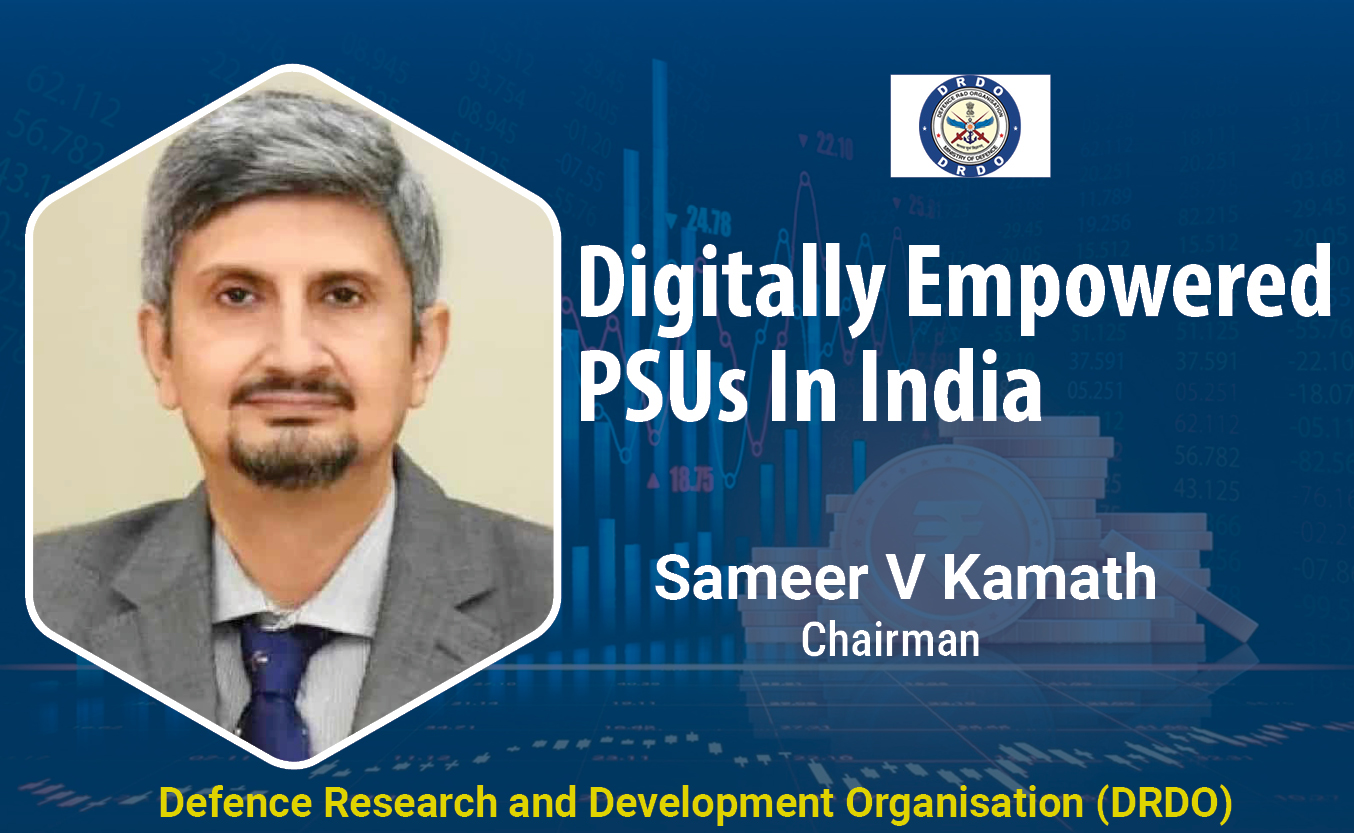
DRDO is India's largest and most diverse research organisation
DRDO is the R&D wing of Ministry of Defence, Govt of India, with a vis...


M. TECH SOLUTIONS (I) PVT. LTD.
M.Tech is a leading cyber security and network performance solutions ...

ACCERON INFOSOL PVT. LTD.
It is a leading value added distributor in the IT security space and h...

BEETEL TELETECH LTD.
: Beetel is one of the oldest and most reputed brands in the Industry,...